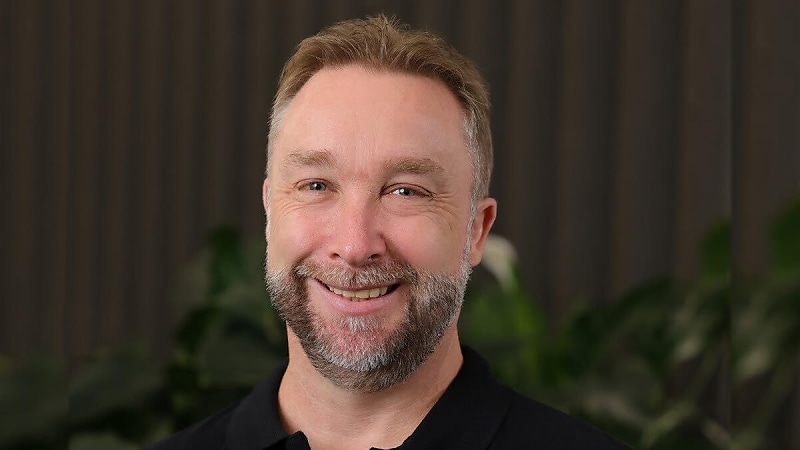Look closely at sell-down plans to avoid tax impost
SMSFs need to make sure their cash flow is adequate to ensure they can meet the obligations for things like LRBAs and related party loans, but also in regard to in-house assets and any plans put in place to sell down investments, says a technical expert.
In the most recent SMSF Adviser podcast, Tim Miller, technical and education manager for Smarter SMSF, said leading up to 30 June, SMSFs need to look at whether they breached the in-house rules last year and put a promise in place to sell down those assets by the end of the financial year.
“The trustees need to look at, if they have a plan in place, have they undertaken that plan and what will be the ramifications to the previous investment decisions that they may have made,” Mr Miller said.
As the EOFY decisions and planning near their peak, he said SMSFs also need to look at things such as carry forward concessional contributions as they can provide a lot of opportunities.
“I think we often get lost, particularly when talking about self-managed super funds, that this is only for high-net worth individuals,” he said.
“But the reality of the statistics that the ATO provide is that the vast majority of SMSF members have less than $500,000 from a membership point of view.
“It opens them up to that concessional contribution carry forward capacity and so then again, if we’re looking to free up capital by selling down on other investments, for example, and those investments bring capital gains tax liabilities, there, could be one-off opportunities to use something like the carry forward amount.
“Or even thinking into the next year, when maybe they won’t have as much need for using concessional contributions, and won’t be utilising their full cap, can they potentially bring forward one year or half-of-one year’s cap to maximise their deduction capabilities this year?”
Mr Miller said with the increase back to the standard minimum pension this year, means that cash flow becomes relevant again, and advisers and trustees need to make sure that they do not continue to operate in the 50 per cent reduced environment.
“We’ve been operating under 50 per cent for four years now so dividends might have been covering the cash flow, but we might actually need to sell down on capital inside the fund to be able to fund pensions,” he said.
“And if there is a mixture of pension and accumulation, where does the member sit from an ECPI point of view? This is where tax planning from the superfund point of view and tax planning from the individual point of view is very important.
“We also need to think about LRBAs and we know that we’re about to see the published rate for the safe harbour, which will be north of 8.6 per cent, probably closing in to nearly nine per cent, and those are all a range of tax considerations that we need to be thinking about.
“The World Health Organisation may have declared that the pandemic is over but it’s not over from a tax point of view, because whatever planning we did with regards to our in-house asset rules with regards to our LRBAs, and rescheduling of the repayments, we still have to factor all of those elements in and we have to operate in a more SIS-compliant environment now from the investment restriction point of view,” he said.








